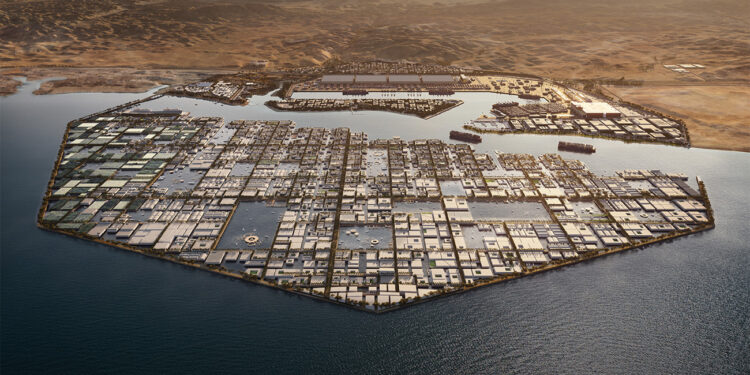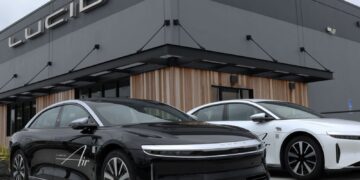Saudi Arabia’s Non-Oil Private Sector Outperforms Global Trends
Saudi Arabia’s non-oil private sector continues to outperform global trends, buoyed by strong domestic demand and ambitious economic reforms under Vision 2030. According to recent Purchasing Managers Index (PMI) figures cited by the International Monetary Fund (IMF), the sector’s PMI climbed to 57.2 in June 2025—a three-month high—before easing to 56.3 in July. While output growth slowed to its lowest since early 2022, employment surged at the fastest rate since 2011, reflecting rising demand for skilled labor and mounting backlogs.
Businesses are facing increased input and labor costs, passing these expenses onto customers with output prices rising at the fastest pace in 18 months. Despite these pressures, robust domestic consumption remains a key driver of expansion. The IMF has revised Saudi Arabia’s GDP growth forecast for 2025 to 3.6%, with non-oil GDP rising 4.7% in the second quarter. However, the IMF also warns that external risks—including U.S. tariffs, global supply chain disruptions, and geopolitical tensions—could temper future momentum.
Diversification and Key Growth Sectors
Diversification efforts are anchored in five key areas:
- Manufacturing and industrialization are advancing through major projects like NEOM’s Oxagon, expected to contribute $1.2 trillion to the economy by 2030.
- In agriculture, a $14 billion partnership with China focuses on food security and innovative farming.
- The tourism and hospitality sector is rapidly expanding, with luxury projects and a 33% increase in international visitors in 2024.
- Technology initiatives, such as the $38 billion National Gaming and Esports Strategy and major investments in artificial intelligence, aim to position the Kingdom as a digital leader.
- The National Renewable Energy Program targets generating half of the nation’s electricity from solar and wind by 2030, with significant support from the Public Investment Fund (PIF).
Challenges and Opportunities for Investors
Saudi Arabia’s global trade exposure remains a double-edged sword. While most exports to the U.S. are not subject to tariffs, the broader non-oil sector is vulnerable to international trade disputes and supply chain issues. Labor costs are also rising sharply, with companies offering higher salaries to attract and retain skilled workers, putting pressure on profit margins.
For investors, the non-oil sector presents strong long-term opportunities, particularly in renewables, technology, and hospitality—areas underpinned by government support and significant PIF investment. Strategic partnerships, including a $50 billion investment with Chinese banks, highlight the Kingdom’s appeal to foreign capital. Nonetheless, challenges remain: the non-oil sector represents only 35% of GDP, and competition is intensifying as new global players enter the market.
Key recommendations for investors include:
- Focusing on sectors with robust government backing
- Prioritizing companies aligned with sustainability goals
- Diversifying regional exposure to mitigate geopolitical risks
Conclusion
In summary, Saudi Arabia’s non-oil sector stands out for its resilience and growth potential, supported by strategic reforms and global partnerships. While opportunities abound for long-term investors, success will depend on navigating rising costs, competitive pressures, and external risks.









